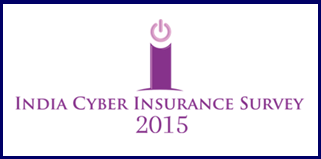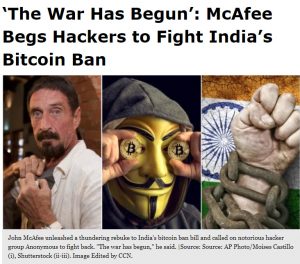
Naavi has been in the forefront of promoting the concept of ODR. (Online Dispute Resolution). The full details of the service as recommended and ready for pilot implementation is available at www.odrglobal.in . The concept of ODR that Naavi is promoting involves a virtual meeting place for conducting the interaction between the stakeholders and is backed by a back office support where required.
Naavi has been trying to convince the legal fraternity to adapt their dispute resolution approach to online mediation and arbitration using the ODRGLOBAL platform either partially or fully. Naavi also proposed a CDMAC (Cyber Disputes Mediation and Arbitration Center” exclusively for the Cyber Fraud related disputes.
The ODRGLOBAL platform was proposed as a pilot, ready to use and easily expandable project which other arbitration councils as well as the industry players could use.
However, this concept which is globally unique is yet to attract the attention of the users and remains one of the futuristic projects of Naavi to be implemented.
It appears however that the days of ODR are now slowly dawning on India with repeated calls being made for such a service in different context.
The Latest call has come from the Governor of Reserve Bank, Mr Shaktikanta Das who while delivering a lecture in NIBM, stated
“..we also need to address the existing inadequacies in customer service and benchmark it against international standards. Efforts in developing robust customer grievance redressal mechanisms to increase customers’ trust and confidence in payment systems will be continued. “
The RBI in its recent document titled “Payment and Settlement Systems in India Vision 2019-20”, stated
There is need for harmonising the TAT (Turn around Time) of customer complaints and requisite chargebacks. Such time lines should be reasonable and also in alignment with the instructions issued in respect of customer liability for unauthorised electronic payment transactions. The Reserve Bank will be addressing the various facets in this regard, with the objective of optimal time lines expected to result in customer delight and certainty of conclusion.
Recourse to technology-driven dispute redressal mechanisms that are rule-based, transparent, customer-friendly and involve minimum (or no) manual intervention will be advocated / encouraged / appreciated.“
The Highlevel committee on Deepening of Digital Payments headed by Mr Nandan Nilekani in its report released in May 2019 stated as follows.
As users go digital, they will expect a higher quality of service from digital payments. They will also expect better protection from fraud and risk. The committee recommends that payment systems use machine driven, online dispute resolution systems to handle complaints.
Additionally, the Data Protection Act as proposed (PDPA 2018) has under Article 39 stated as follows:
Every data fiduciary shall have in place proper procedures and effective mechanisms to address grievances of data principals efficiently and in a speedy manner…A grievance raised .. shall be resolved by the data fiduciary in an expeditious manner and no later than thirty days from the date of receipt of grievance by such data fiduciary.
Similar responsibility is cast on companies even under GDPR as well as the ITA 2000.
In all these cases of grievance redressal, easy access by the stakeholders and the quick resolution is feasible only through an ODR system and not otherwise.
Hence it is essential for the ODR mechanism to be made available in a professional manner.
An indication of the likely move by RBI was already available since ICICI Bank had recently started some activity in this regard and will come up with their system shortly. The other Banks like HDFC Bank need to follow suit without much delay thereafter to maintain their market position.
We can therefore see an enhanced activity in this regard.
The uniqueness of the ODRGLOBAL service that naavi has proposed is that the platform can be used for both mediation and arbitration and in the case of arbitration, a legally valid evidence of the proceedings can be kept with the CEAC certification of the proceedings under Section 65B of Indian Evidence Act 1872.
Organizations such as Arbitration Councils, legal firms, e-commerce companies etc who are desirous of partnering with Naavi in the ODR Global project are welcome.
Naavi
P.S: Proposals from technology startups interested in developing projects with Naavi are welcome to contact Naavi for collaborative development of these services.

 In 2015, Naavi.org initiated a National survey titled India
In 2015, Naavi.org initiated a National survey titled India





